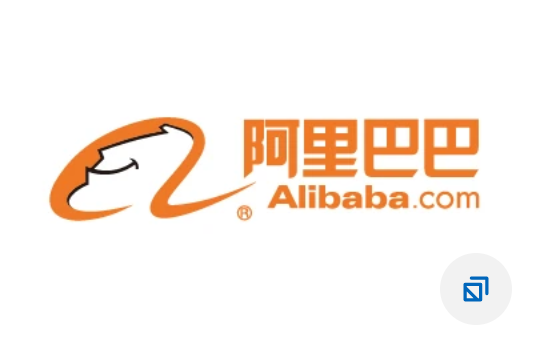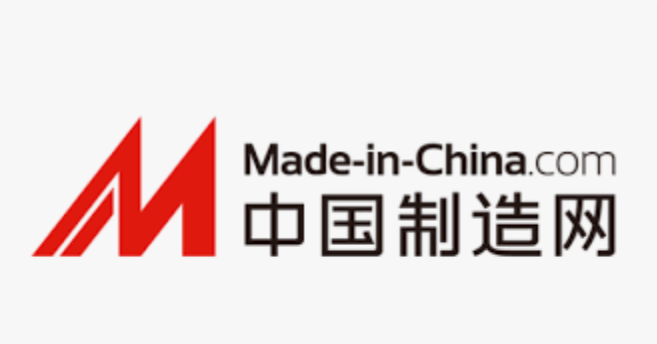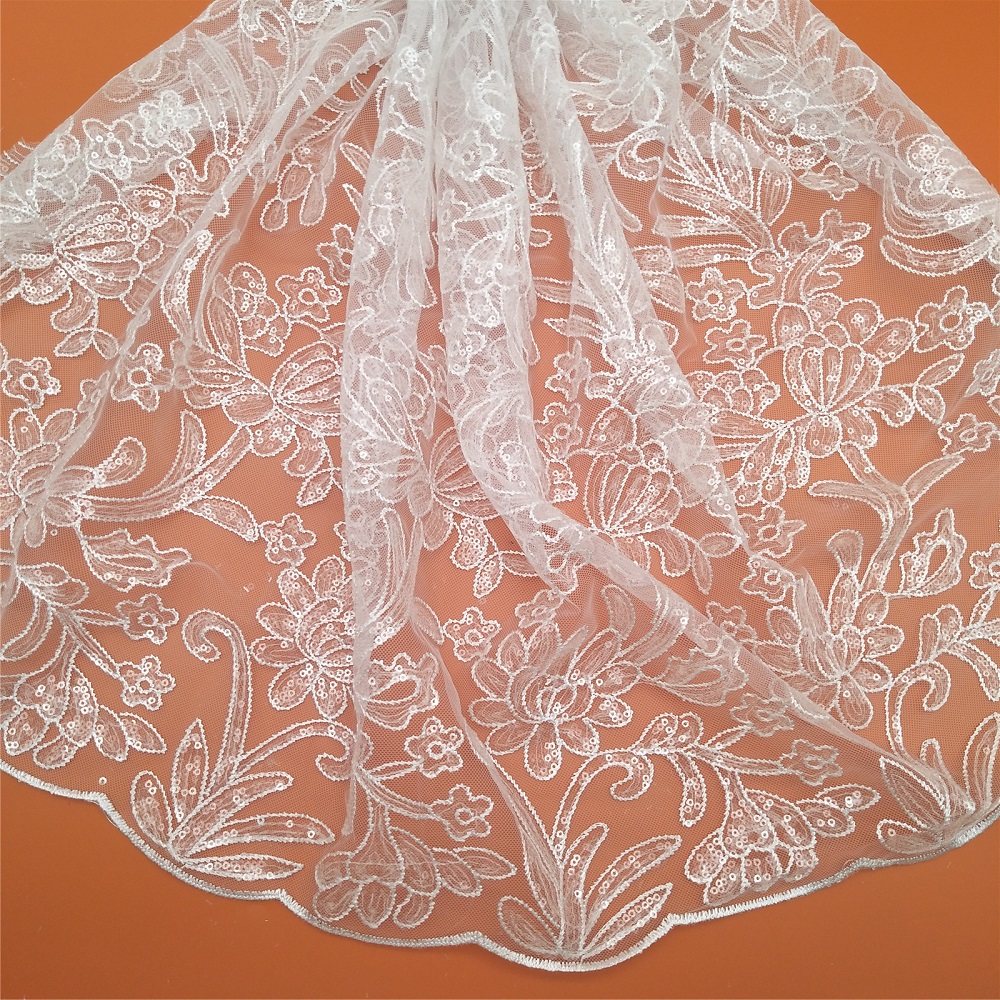The Chinese textile industry, with its extensive history and world-renowned craftmanship, plays an instrumental role in the global marketplace. Within this diverse and dynamic industry, the lace market in particular has seen tremendous growth over recent years, becoming a significant contributor to China’s economy.
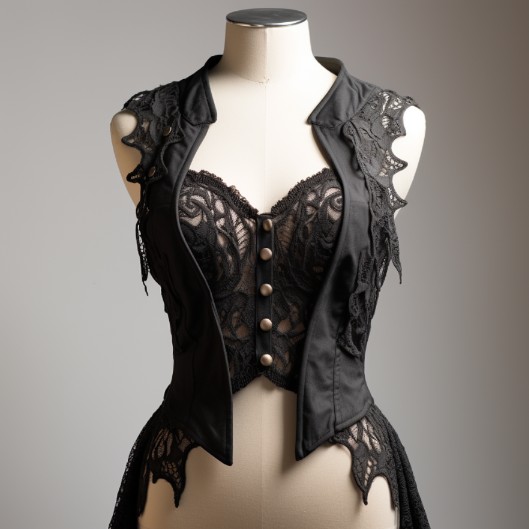
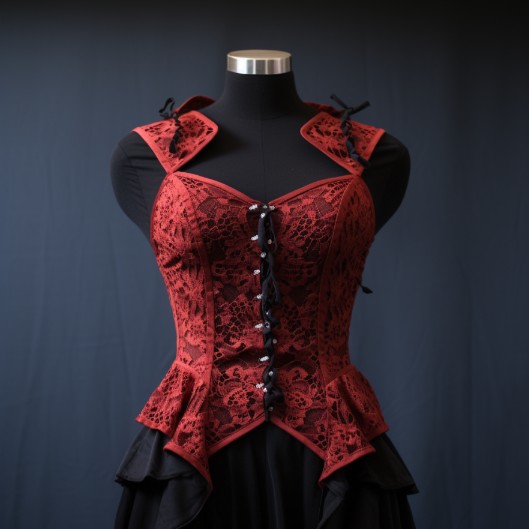
Historical Context
The roots of Chinese lace-making reach deep into history. Although lace is a western invention, Chinese artisans embraced this craft, infusing it with local cultural aesthetics and techniques to create a unique product that appeals to a broad range of consumers. The integration of traditional Chinese embroidery styles and patterns has significantly influenced the lace designs that the country produces, and this unique intersection of East and West has become a defining characteristic of the Chinese lace market.
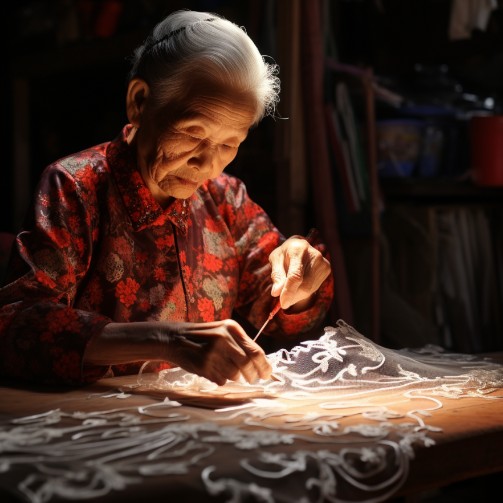
Traditional Chinese lace making is an art, preserving centuries-old techniques. It yields intricate designs of high craftsmanship value, making each piece unique. This process supports cultural preservation, provides jobs, and contributes to the charm and authenticity of the final product.
Technological Advancements
The development of the lace industry in China has been significantly influenced by technological advancements. These include advanced machinery for lace-making, such as computerized embroidery machines, high-speed multi-head machines, and various dyeing, printing, and finishing technologies. The application of these technologies has enabled China to produce a wide variety of lace products at a large scale, offering an unparalleled range of patterns, colors, and finishes. The ability to customize these designs based on customer preference has added another layer of appeal to Chinese lace in both domestic and international markets.
High-speed lace production offers benefits like economies of scale, efficiency, consistent quality, and increased supply capacity. It enables precise replication of designs and can be more energy efficient. This results in competitive pricing and global market competitiveness.
1. Economies of Scale: Mass production typically reduces the cost per unit of lace produced, as fixed costs such as machinery, energy, and labor can be spread over a larger number of units. This means lace can be sold at more competitive prices, potentially increasing market share and profitability.
2. Speed and Efficiency: High-speed production methods allow for a significantly higher output of lace in less time compared to traditional, labor-intensive methods. This makes it possible to fulfill large orders quickly and meet tight deadlines.
3. Consistent Quality: High-speed manufacturing processes often use automated or semi-automated machinery, which can ensure consistent quality and precision in the lace produced. Human error is reduced, resulting in fewer defects and less waste.
4. Increased Supply: With the ability to produce larger quantities of lace quickly, manufacturers can better meet high demand periods or sudden increases in orders. This is particularly beneficial for working with large retailers or for supplying large events where substantial amounts of lace might be needed.
5. Innovation: High-speed production often involves advanced machinery, which can offer capabilities beyond those of traditional lace-making techniques. For example, intricate designs can be replicated exactly across thousands of units, or special processes like bead sewing or hot stamping can be integrated into the production line.
6. Environmental Impact: While manufacturing processes do have environmental implications, high-speed production can be more efficient in terms of energy use per unit produced compared to slower, smaller scale production. Additionally, modern machinery can often be adapted to use more sustainable materials or methods.
These benefits have contributed to the growth and global dominance of major lace-producing regions such as China. High-speed mass production has enabled these areas to meet global demand for lace while maintaining competitive pricing and consistent quality.
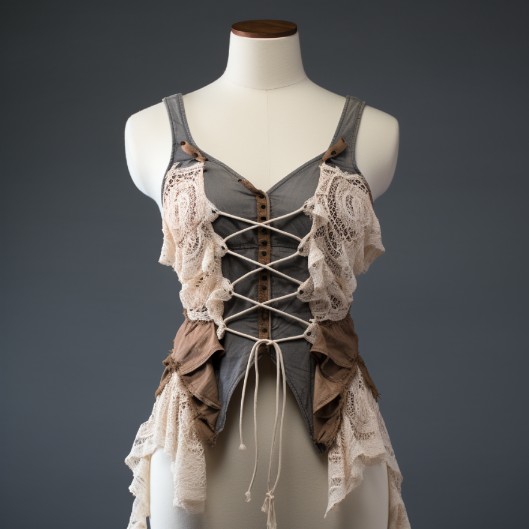
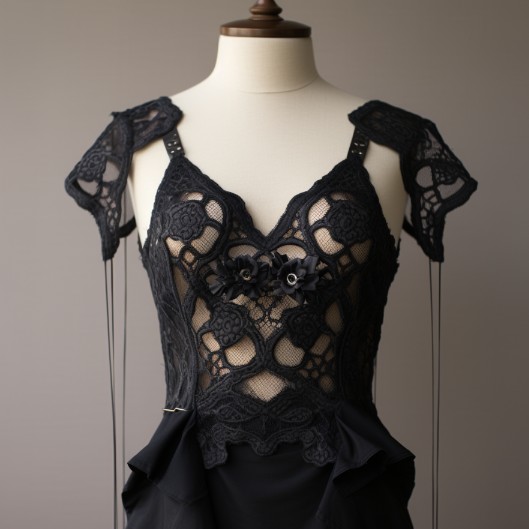
Market Growth
The Chinese lace market’s growth can be attributed to the rise in the domestic demand for lace products and the significant increase in exports. The adoption of lace in various sectors such as fashion, interior design, and wedding industries has substantially fueled this growth. In the fashion industry, lace is used extensively in women’s apparel, lingerie, and children’s clothing. Moreover, the high export demand has also been driven by China’s reputation for delivering high-quality lace at competitive prices, leading to its dominance in the international lace market.
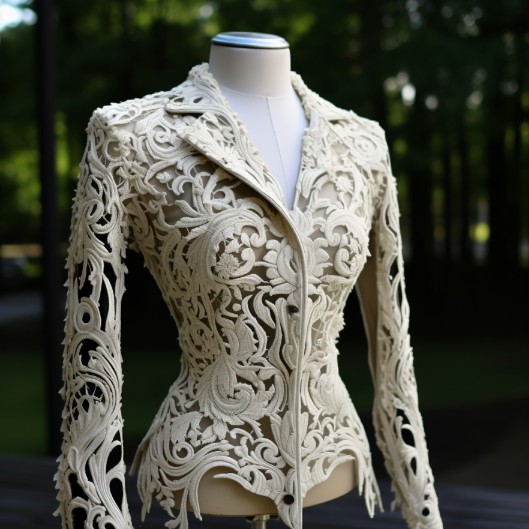
A lace jacket offers elegant style, versatility, and unique charm. It enhances any outfit, suitable for both casual and formal occasions. Being lightweight, it’s perfect for layering. The intricate lace patterns add a touch of sophistication and luxury to your wardrobe.
China’s lace market has achieved significant growth over recent years, distinguishing itself both in the online and offline realms. The dynamism in both aspects of the market has been pivotal in driving the industry’s growth and shaping its unique characteristics. This essay explores these two dimensions in detail, shedding light on their unique situations, characteristics, and states of development.


Offline Market
Traditionally, the Chinese lace industry has been primarily an offline market. Numerous physical stores, wholesale markets, and factories are spread across different regions, with prominent hubs in Guangzhou, Fujian, and Zhejiang. These locations are famed for their extensive variety of lace products, ranging from exquisite hand-embroidered pieces to mass-produced machine lace, covering a vast array of patterns, colors, and textures.
The offline market’s characteristics include direct customer interactions, tactile product experiences, and immediate transactions. Consumers can touch and feel the lace, judge the quality firsthand, and make on-the-spot purchasing decisions. This sensory experience remains an essential aspect of lace buying for many customers.
Over the years, the offline market has seen remarkable advancements. The integration of advanced machinery and technology has amplified the production capacity, allowing manufacturers to meet high demand levels. Despite the rise of online platforms, the offline market remains robust due to its entrenched place in the industry and consumers’ continued appreciation for in-person shopping experiences.
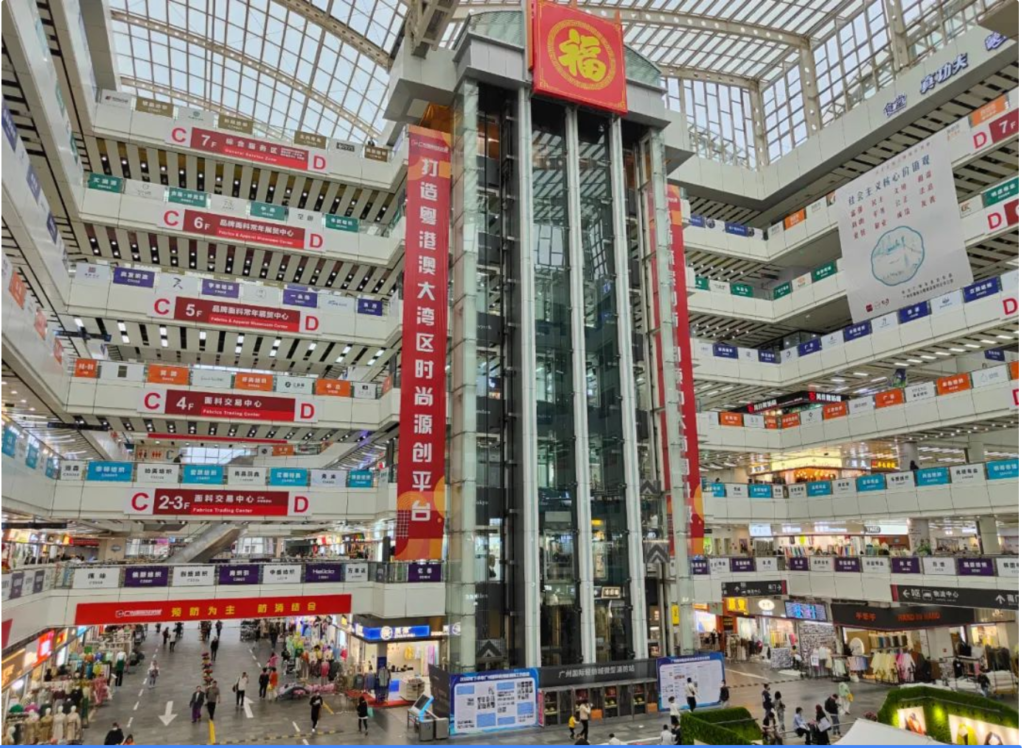
China’s largest lace market is currently located by Sun Yat-sen University in Guangzhou, where a wide variety of all types of lace is gathered.
Online Market
With the advent of the internet and e-commerce, the Chinese lace industry has effectively expanded its reach to the online realm. This digital transition has allowed manufacturers and retailers to tap into a broader customer base, extending beyond geographical constraints. Key players in this space include Alibaba, DHgate, and Made-in-China.com, among others.
Online lace marketplaces offer an astounding variety of products and customization options. Consumers can browse through thousands of lace designs, compare prices, and place orders from the comfort of their homes. Detailed product descriptions, high-quality images, and customer reviews aid consumers in their buying decision. Customization requests can be submitted online, making the process smooth and efficient.
The online market has seen exponential growth in recent years, thanks to the widespread internet penetration, the convenience of e-commerce, and the surge in online shopping due to the COVID-19 pandemic. As a response to the online market’s growing significance, many traditional lace manufacturers have established online storefronts, thereby effectively merging their offline and online operations.
I use the table form to list the main online platforms of Chinese lace, their respective characteristics
| Entry | Alibaba | Made in China | Dunhuang (DHgate) |
|---|---|---|---|
| User Interface | Intuitive, Multilingual | User-friendly, Multilingual | Straightforward, Multilingual |
| Product Range | Extensive variety | Broad array | Wide range, Niche items |
| Pricing | Highly competitive | Competitive, Medium-high range | Competitive, All ranges |
| Customization | Wide range available | Limited options | Available, not as extensive |
| Supplier Info | Detailed, Ratings & Reviews | Detailed, Fewer reviews | Detailed, Ratings & Reviews |
| Shipping | Global, Variable cost/time | Global, Variable time | Global, ePacket for fast delivery |
| Buyer Protection | Trade Assurance program | Limited | Comprehensive program |
| Ease of Transaction | Multiple payment methods | Fewer payment options | Multiple payment options |
summarize
Online and Offline Market Dynamics
Traditionally an offline industry, Chinese lace manufacturers have adapted to the digital age by establishing online platforms. These digital storefronts allow businesses to tap into a broader customer base, extending beyond geographical constraints. Online marketplaces, including Alibaba, DHgate, and Made-in-China.com, offer an astounding array of lace products and customization options.
While the online sphere provides the convenience of e-commerce and extends market reach, the offline sector retains its appeal due to the sensory experience it offers. Customers can touch and feel the lace, judging its quality firsthand. Notably, the offline market has seen technological advancements that have amplified production capacity, despite the rise of online platforms.
Challenges Faced by the Lace Market in China
Despite its significant growth and potential, the Chinese lace market encounters several challenges. One major issue is the intense competition, both domestic and international. With numerous manufacturers offering similar products, differentiating one’s offerings can be tough. There’s also the challenge of maintaining quality while scaling production.
Secondly, fluctuating raw material costs pose a challenge. Cotton, silk, and other materials used in lace production can vary in price due to climate changes, natural disasters, and global market conditions. This fluctuation can impact the cost of production and, subsequently, the price of the final product.
Finally, the online market faces its own set of challenges, including digital payment security, reliable shipping, and maintaining an intuitive and user-friendly online interface.
Future Directions
The future of the Chinese lace industry appears promising, characterized by several potential trends. Firstly, technology will continue to shape the industry. Advanced machinery that increases production efficiency and quality will be more widely adopted. Simultaneously, online platforms will continue to evolve, offering more seamless and secure user experiences.
Customization will likely be a major trend, with more businesses offering bespoke lace designs to meet specific customer demands. Furthermore, the push for environmentally friendly materials and sustainable production processes is expected to grow stronger in the lace industry, in line with global sustainability trends.
In conclusion, the Chinese lace industry, with its impressive diversity and innovative spirit, is well-positioned to navigate future challenges and capitalize on emerging trends. Despite various hurdles, its fusion of tradition and technology, commitment to quality, and responsiveness to customer needs, ensure it remains a significant player in the global lace market. As it continues to evolve online and offline, one can look forward to the new dimensions it will explore and the heights it will reach.
FAQs
- Do you offer international shipping?
- Yes, we provide international shipping to numerous countries worldwide.
- Are there any discounts for returning customers?
- We value our loyal customers and frequently offer discounts. Please check our website for current promotions.
- How long does it typically take to produce a custom order?
- The production time for custom orders can vary, typically ranging from 2 to 4 weeks depending on the complexity of the design.
- Is it possible to order a lace pattern that’s not in your catalog?
- Yes, we specialize in customization and can create a new lace pattern according to your specifications.
- Are there color variations available for each lace design?
- Absolutely, our lace designs can be produced in a wide array of colors.
- What’s your most popular lace design?
- While preferences vary widely, our floral and geometric patterns tend to be customer favorites.
- Can you reproduce an existing pattern if I provide a sample?
- Yes, we can reproduce most lace patterns given a quality sample to work from.
- How durable are your lace products?
- Our products are crafted with quality materials and advanced techniques, ensuring excellent durability.
- What is your most environmentally friendly lace product?
- We have a range of lace products made using organic cotton, which are considered our most environmentally friendly options.
- Can I wash your lace products in a washing machine?
- While some of our products can withstand machine washing, we recommend hand washing to maintain the quality of the lace.
- Do you offer trade discounts to retailers?
- Yes, we offer trade discounts to our retail partners. Please contact our sales team for further details.
- What is your policy on late deliveries?
- We aim to ensure timely delivery for all our orders. In case of unexpected delays, we will communicate promptly with the customer and find a suitable solution.
- How can I track my order?
- Once your order has been dispatched, we will send you a tracking number via email.
- Can I change my order after it has been placed?
- It may be possible to change your order if it hasn’t entered the production stage yet. Please contact our customer service immediately for assistance.
- Are your lace products ready-made or made-to-order?
- We offer both ready-made lace products and made-to-order customizations.
- How does the bead sewing process work?
- Bead sewing involves meticulously attaching beads to the lace fabric, either by hand or machine, to enhance the design’s visual appeal.
- Do you offer lace products with metallic threads?
- Yes, we have a range of lace products that incorporate metallic threads for a distinctive shimmer effect.
- What’s the lead time for bulk orders?
- The lead time for bulk orders can vary based on the order size and design complexity. Our team can provide an estimate once the order details are confirmed.
- How should I store your lace products to ensure they maintain their quality?
- We recommend storing our lace products in a cool, dry place away from direct sunlight to preserve their color and quality.
- What is your most affordable lace product?
- Our pricing varies based on the design and production process. However, our simple, machine-produced lace designs are generally the most affordable.


